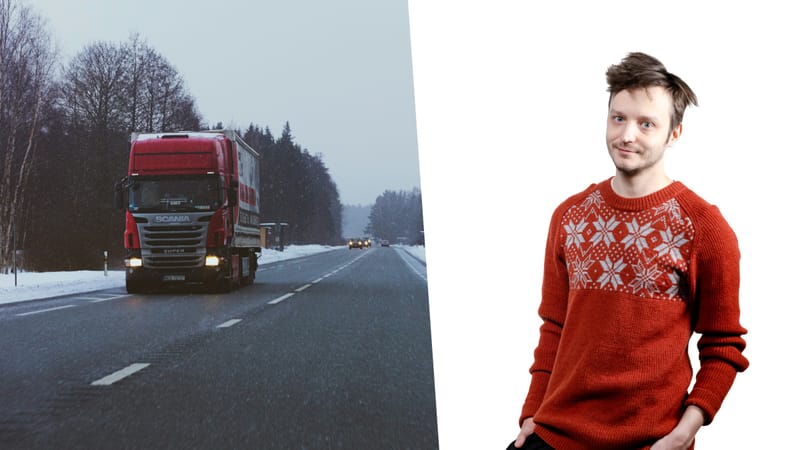Polarization has grown in Finnish parliamentary speeches, but remains far below the 1970s peak
A new study examines parliamentary speeches in Finland from 1907 to 2018. While polarization has increased in recent decades, the current situation is not exceptional. The highest levels of division were recorded in the 1970s.

Public debate has raised concerns that growing polarization could erode democracy itself. Left–right polarization in the Finnish Parliament has fluctuated significantly over the past century.
The study by the Labour Institute for Economic Research (Labore) is based on a comprehensive dataset covering all parliamentary sessions between 1907 and 2018. The material has been released as open data.
Using statistical text analysis, the researchers measured how different the language of political groups was – specifically, how reliably party affiliation could be predicted from word choice alone. If the statistical model can easily identify a speaker’s party from their speech, polarization is considered high.
Published in the Journal of Historical Political Economy, the study focused on left–right polarization, but the results were similar when comparing government and opposition speeches, as well as differences between individual parties. The research also explored how polarization related to the efficiency of decision-making and to broader social phenomena, such as income inequality.
Polarization peaked in the 1970s
Left–right polarization in parliamentary speeches varied widely throughout most of the 20th century. The 1970s stand out as the clear peak, but the usual drivers of polarization, such as the rise of populism or shifts in income inequality, do not explain it.
Instead, the polarization of the 1970s was largely driven by issues related to the Soviet Union, where the views of the Finnish People’s Democratic League (SKDL) – the Communist Party – sharply diverged from those of other parties. Decision-making was also comparatively inefficient during this period.
Some earlier studies suggest that the Soviet Union engaged in information influence operations in Finland during the 1970s. The success of these efforts is one possible explanation for the heightened polarization and inefficiency of that era.
Today’s situation is moderate
Although parliamentary speeches indicate that polarization has steadily increased since the 1990s, it is still not historically exceptional.
“Polarization was unusually low at the start of the 1990s, after which it has grown moderately but consistently. From a historical perspective, today’s level of division is fairly average rather than exceptional,” says Jeremias Nieminen, Senior Researcher at Labore.





